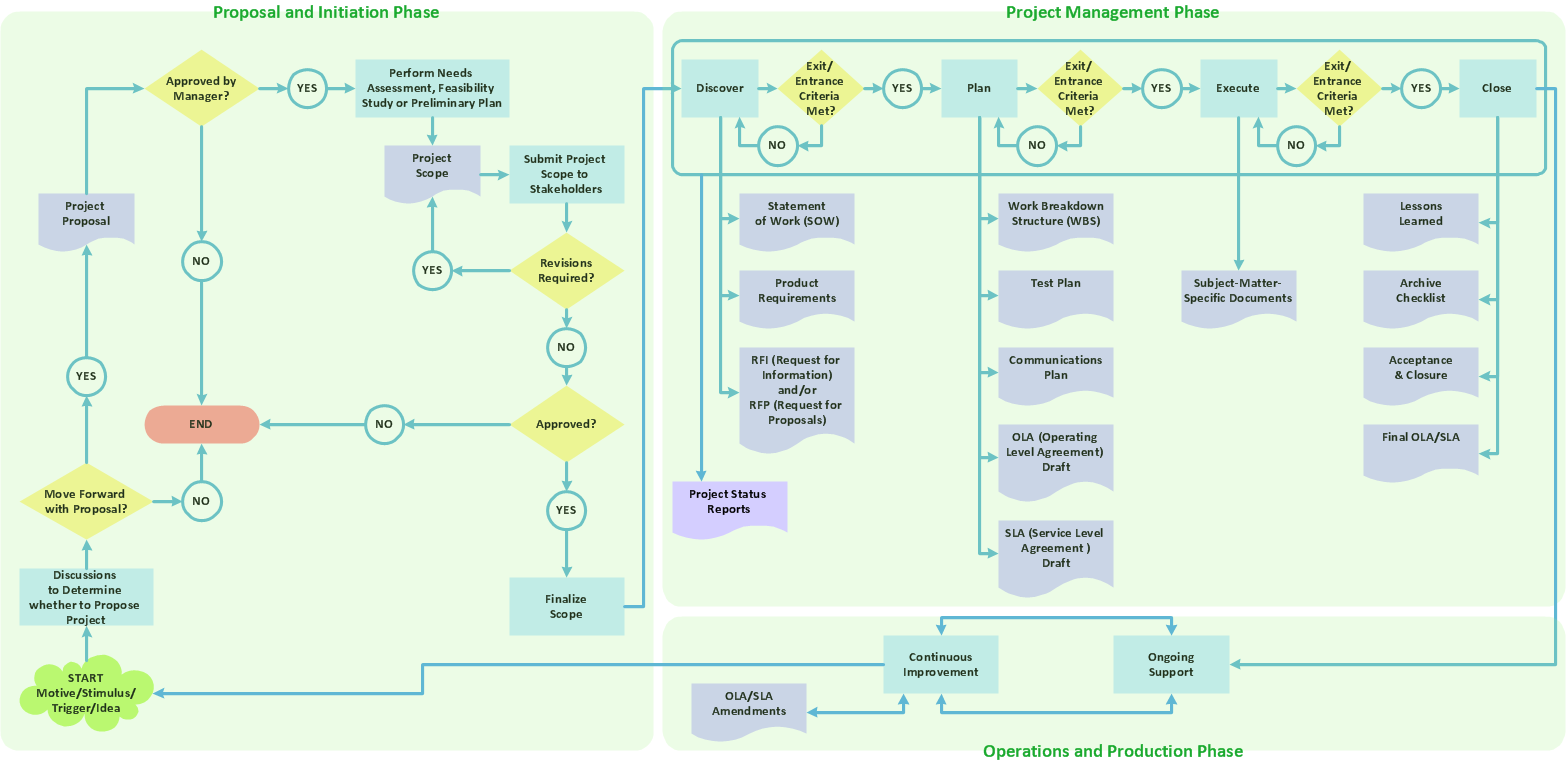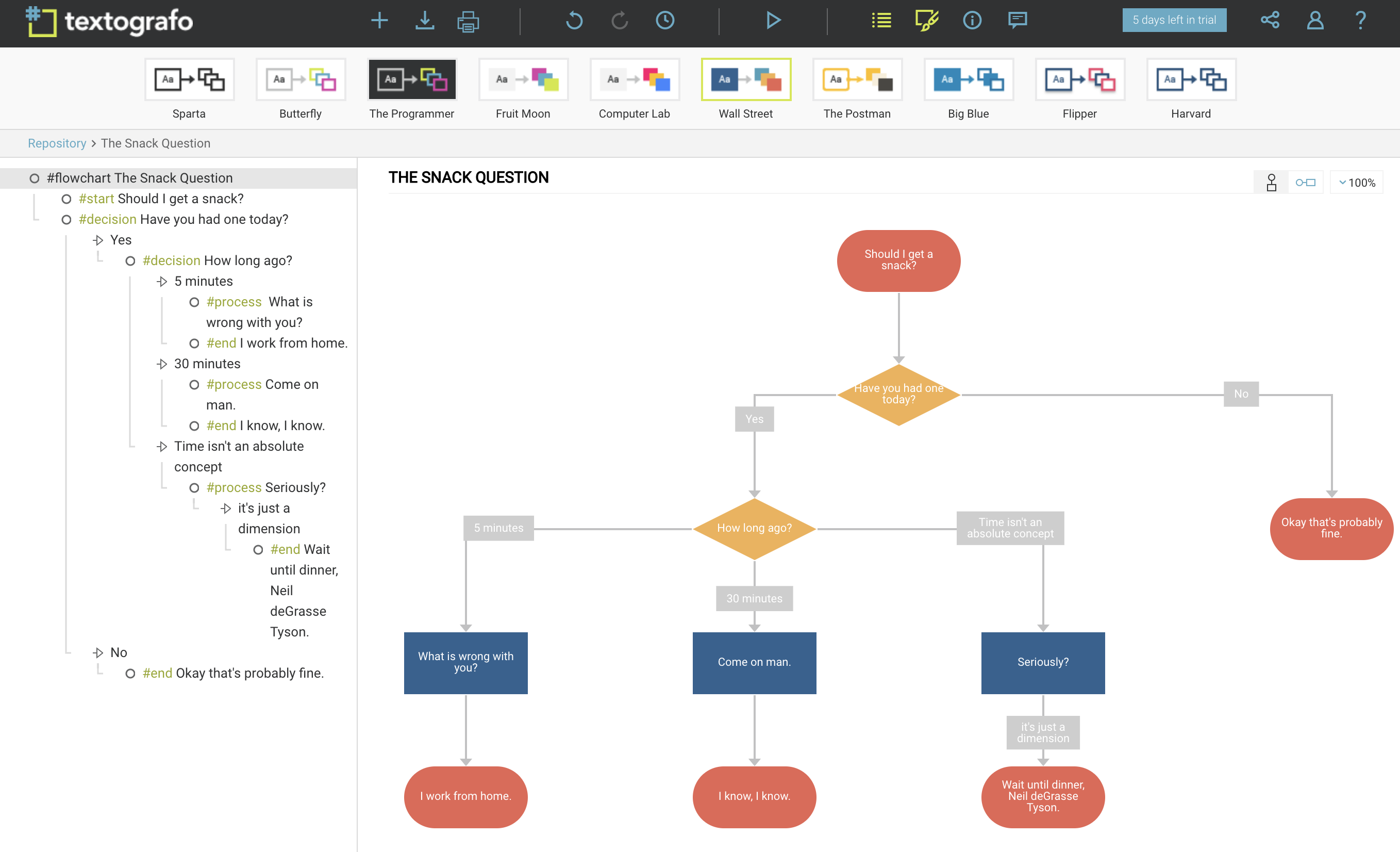

Instead, you’re left playing diagramming ping-pong with your teammates. They also limit your team’s ability to collaborate on diagramming in real time. Most flowchart makers are designed to be extremely linear, making it difficult to adjust and iterate on the fly.
Process flow diagram tool software#
Unfortunately, these types of flowchart software have some limitations. In fact, you probably already use a tool that offers flowcharting capabilities - for example, Microsoft Excel, Google Docs, or Google Slides. However, most people don’t need something quite so robust. For serious diagrammers, like the folks mapping out computer algorithms, there are dedicated tools specifically for creating complex flowcharts. Play around with your flowchart’s shapes and symbols to find what works best for you.įor almost as long as we’ve had computers, we’ve had flowchart creation software. For example, an app developer might use an image of a bug to represent all the QA steps in launching a new feature. Some visual collaborators prefer to use less abstracted images to represent specific aspects of a workflow.

For example, Business Process Model and Notation (BPMN) diagrams use icons, while Unified Modeling Language (UML) diagrams use a much more complex notation system. You can create most simple flowcharts using just five symbols - but you’re not limited to those shapes.ĭifferent types of flowcharts also rely on different symbols. Use the circle when leaping from one action to another.įlowlines indicate the directional flow of the process and point to the next step. The diamond shape indicates a step in the process that asks a question or requires a decision. This shape is used for actions or instructions, the things that must be done.


 0 kommentar(er)
0 kommentar(er)
